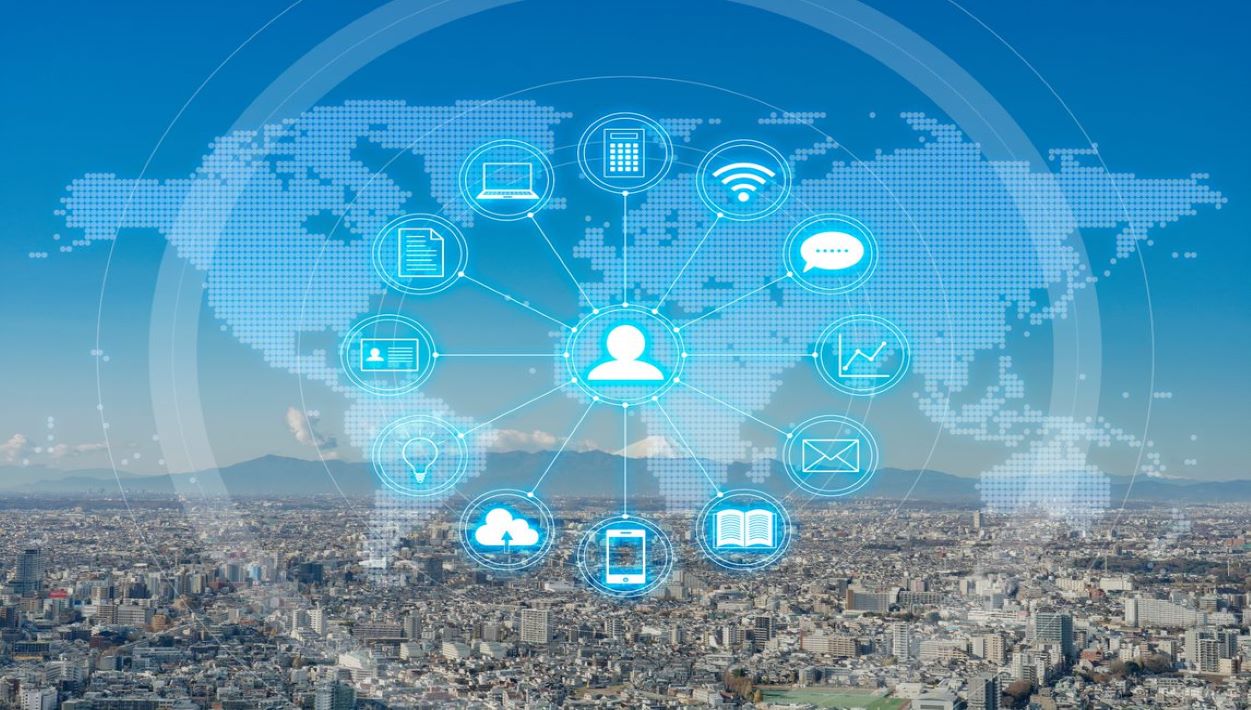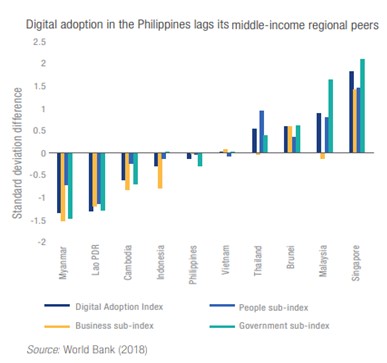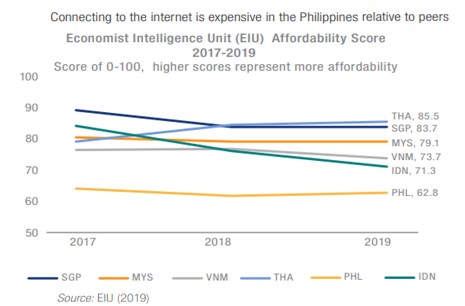
 A recent report released by the World Bank and the National Economic and Development Authority (NEDA) reveals that integrating digital technologies into everyday activities like online payments, e-commerce, telemedicine, online education, etc. can significantly accelerate the Philippine’s recovery from the COVID-19 pandemic.
A recent report released by the World Bank and the National Economic and Development Authority (NEDA) reveals that integrating digital technologies into everyday activities like online payments, e-commerce, telemedicine, online education, etc. can significantly accelerate the Philippine’s recovery from the COVID-19 pandemic.
The report, “A Better Normal Under Covid-19: Digitalizing the Philippine Economy Now”, says the use of digital technologies in the country has been on a rise since the social distancing measures and limited social interactions have been in place due to the pandemic. Technology has helped individuals, businesses and the government sail through these tough times.
“As we are now living with the new normal, the use of digital technology and digital transformation have become important for Filipinos in coping with the present crisis, moving towards economic recovery, and getting us back on track towards our long-term aspirations,” acknowledged NEDA Undersecretary Rosemarie G. Edillon.
 Even though the report confirms a rapid rise in the adoption of digital technologies, the Philippines has a long way to go in its digital transformation journey. The colossal digital disparity between those with and without the internet has lead to severely skewed access to social services and economic opportunities.
Even though the report confirms a rapid rise in the adoption of digital technologies, the Philippines has a long way to go in its digital transformation journey. The colossal digital disparity between those with and without the internet has lead to severely skewed access to social services and economic opportunities.
For the Philippines government, the biggest challenge for digital transformation is rudimentary digital infrastructure and poor internet connectivity. A clear example is its rural population. These areas rarely have connectivity and, where available, the service is very expensive and of poor quality.
The report indicates that the efforts to update the digital infrastructure are hindered by numerous issues including a lack of competition in the industry, designation of telecommunications as a public utility, restrictions on foreign ownership, etc.
These basic challenges coupled with low transactional account ownership, a lack of national IDs, perceived risk of digital transactions and nascent payment infrastructure restrict the spread of digital banking and commerce technologies.
World Bank economist and the lead author on this report, Kevin Chua suggests that the best way to overcome the above challenges is increasing digital adoption by government agencies.
“In this society-wide digital transformation, the government can take the lead by speeding up e-governance projects, such as the foundational identification system and the digitisation of its processes and procedures, which will help promote greater inclusion, improve efficiency, and enhance security,” said Chua.

He also added that the government needed to “take an active role in fostering policies that reduce the digital divide and create a more conducive business environment for the digital economy to flourish”.
The Philippines government is quick to in to act upon the crucial findings from the report as they have recently launched online platforms for MSME’s, education, and tax payments.
The World Bank too has played its part by formally approved a USD$ 600 million grant for digital transformation initiatives that will enhance the nation’s resilience against natural disasters and pandemics.
Apart from government efforts, industry innovators and businesses also have a major role to play in supporting Philippines digital vision. The report stresses the importance of digitalising the Philippines economy as not just a way to adapt to the new normal, but also to achieve its vision of becoming a society free of poverty by 2040.
















